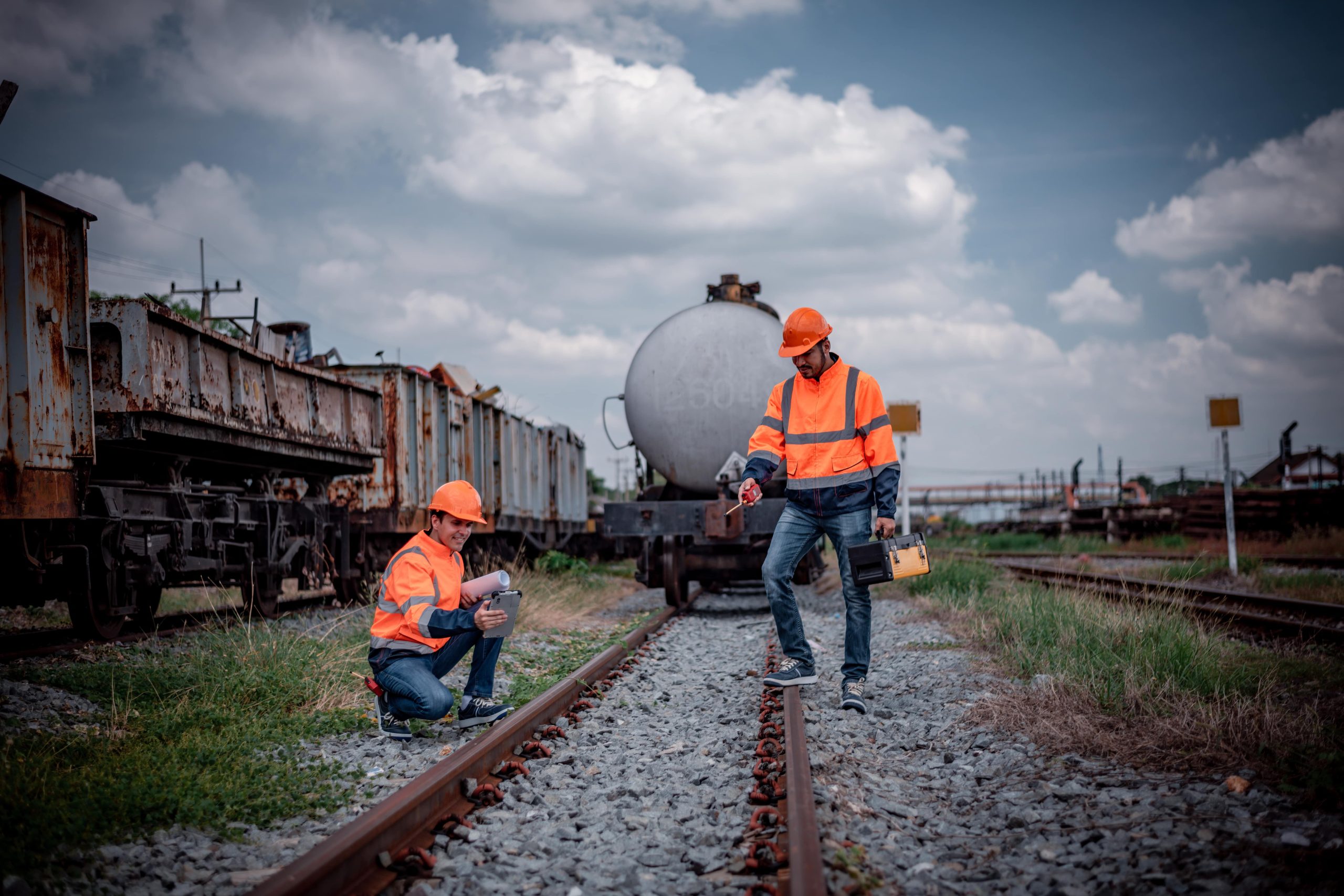Buzzwords De-Buzzed: 10 More Ways Of Saying Railroad Workers Cancer Lawsuit
Railroad Workers Cancer Lawsuit: Understanding the Context and Implications
Railroad workers are an important part of the nation's transport system, accountable for moving goods and people across large distances. However, the nature of their work typically exposes them to harmful compounds that might increase their threat of establishing health conditions, particularly specific kinds of cancer. Just recently, the railroad workers' cancer lawsuit has actually become a considerable concern that calls for in-depth evaluation. This blog post aims to unpack the context, the procedure, and the implications surrounding these lawsuits.
The Nature of the Issue
Railroad workers are routinely exposed to toxic chemicals and compounds, consisting of but not limited to diesel exhaust, asbestos, and numerous solvents. Exposure to these harmful products has actually been connected to numerous kinds of cancers, significantly lung cancer, bladder cancer, and non-Hodgkin lymphoma.
The legal background for these claims mostly falls under the Federal Employers Liability Act (FELA), which enables railroad workers to sue their employers for negligence that results in injury or death. In light of significant direct exposure to carcinogens without appropriate securities, numerous workers and their families are now seeking justice through the courts.
Table 1: Common Carcinogens Associated with Railroad Work
Carcinogen
Typical Source
Associated Cancer Types
Diesel Exhaust
Engine emissions
Lung cancer, bladder cancer
Asbestos
Insulation materials
Mesothelioma cancer, lung cancer
Benzene
Solvent use
Leukemia, non-Hodgkin lymphoma
Formaldehyde
Wood treatment
Nasopharyngeal cancer, leukemia
Polycyclic Aromatic Hydrocarbons (PAHs)
Coal tar, soot
Lung cancer, skin cancer
Historical Context and Legal Precedents
Historically, the railroad market has actually had a struggling history with workplace safety regulations. For Railroad Lawyers Near Me , workers underwent environments swarming with hazardous materials, often without adequate cautions or health safety measures.
The turning point came when workers began to come forward with their health issues, asserting that their cancers were a direct outcome of their work environments. Oftentimes, claims have actually cited inadequate security steps and an absence of training in dealing with harmful materials.
Examples of Notable Lawsuits
The Burlington Northern Santa Fe Railway (BNSF) Case – Multiple previous staff members established lung cancer due to prolonged exposure to diesel exhaust and submitted a lawsuit declaring negligence against the business for stopping working to supply proper ventilation and protection.
The Union Pacific Railroad Case – A group of workers diagnosed with bladder cancer settled with Union Pacific, after presenting proof that extended exposure to carcinogenic chemicals from spills contributed to their cancers.
The Norfolk Southern Case – Claims emerged linking non-Hodgkin lymphoma diagnoses to exposure to hazardous herbicides utilized along rail tracks. This case triggered further examinations into the security practices of the railroad.
Understanding the Lawsuit Process
Submitting a lawsuit under FELA needs clear proof connecting an employee's cancer diagnosis to their employment conditions. Here's a brief overview of the procedure:
Medical Documentation: Victims need to build up medical records that document their cancer medical diagnosis and treatment history.
Direct exposure Evidence: Compile proof showing exposure to toxic substances throughout work. This might consist of work records, safety standards from the company, and testaments from coworkers.
Legal Representation: Engage with lawyers who focus on FELA cases to browse the complex legal landscape and craft a strong case.
Filing the Complaint: Once all set, a protest is filed in the proper jurisdiction.
Settlement or Trial: Many cases might be settled out of court, however if no contract can be reached, the case will proceed to trial.
Table 2: Steps in Filing a Railroad Workers Cancer Lawsuit
Step
Action Item
1. Medical Documentation
Gather medical records and cancer diagnosis
2. Exposure Evidence
Assemble reports, witnesses, and records
3. Legal Representation
Employ a specialized attorney
4. Submitting the Complaint
Send the problem to the suitable court
5. Settlement or Trial
Participate in negotiations or get ready for trial
Ramifications for Railroad Workers
The ramifications of these suits extend beyond private cases and issue a broader neighborhood of railroad workers.
List: Potential Benefits of Successful Lawsuits
Financial Compensation: Victims may receive payment for medical costs, lost salaries, and discomfort and suffering.
Increased Awareness: Legal procedures can raise awareness about safety guidelines and encourage business to carry out much better practices.
Policy Changes: Successful claims may result in legal modifications aimed at improving office security requirements across the market.
Assistance for Research: Increased visibility on the issue might help with funding for research into better protective steps and treatment for afflicted workers.
Frequently Asked Questions Surrounding Railroad Workers Cancer Lawsuits
1. Who can submit a lawsuit?Any railroad
employee detected with cancer due to dangerous direct exposure while on the task may be eligible to file for damages under FELA.
2. What types of settlement can be claimed?Workers may claim
payment for medical expenditures, lost incomes, discomfort and suffering, and, in tragic cases, wrongful death claims for relative.
3. How long do I have to file a lawsuit?Typically, under FELA, the statute of limitations is three years from the date of injury or diagnosis. Nevertheless, it's a good idea to seek advice from an attorney as timelines may differ based upon specific situations. 4. What evidence do I need to present?You will need medical records confirming your diagnosis, proof of office exposure
to carcinogens, and evidence of neglect on the part of your employer. The railroad workers 'cancer lawsuit motion is vital for addressing a long-overlooked concern
in employee safety and health. With increased awareness, assistance from legal entities, and numerous successful court results, the predicament of these workers continues to get the attention it deserves. It is a call to not only seek justice for those affected however likewise to initiate systemic changes within the railroad market that prioritize employee security and health. As suits development and more stories come to light, it is crucial for all stakeholders to engage in discussions around enhancing working conditions for those who keep the country's railways functional. 